Adding frogfruit (Phyla nodiflora) to a native landscape provides a variety of ecological, aesthetic, and practical benefits. Here’s a detailed look at why this low-growing native groundcover is a great addition:
Ecological Benefits: Supports Pollinators
-
Frogfruit is a host plant for several butterfly species, including the common buckeye, white peacock, and phaon crescent.
-
Its small, nectar-rich flowers bloom for a long season, attracting bees, butterflies, and other beneficial insects.
Low Maintenance
-
Once established, frogfruit is drought-tolerant, requires minimal mowing, and resists most pests and diseases.
-
It thrives in a variety of soil types and can handle both wet and dry conditions, making it versatile and hardy.
When to plant?
- Spring to early summer is ideal, soil temperatures are warm and rainfall is more likely to support establishment.
Where to plant?
- Select an area with full sun (6+ hours) to part shade.
- Will tolerate wide range of soils: sandy, loamy, clay. Prefers well drained soils but can handle occasional or soggy conditions.
- Once established it is drought tolerant, but it appreciates regular watering during the first months post planting.
- Plant 12-18 inches apart.

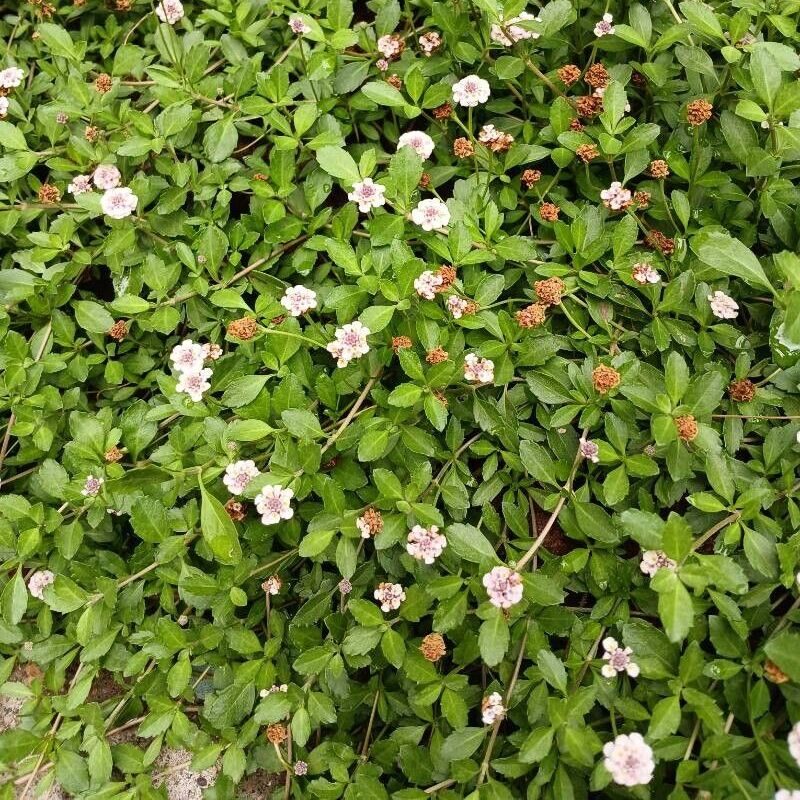
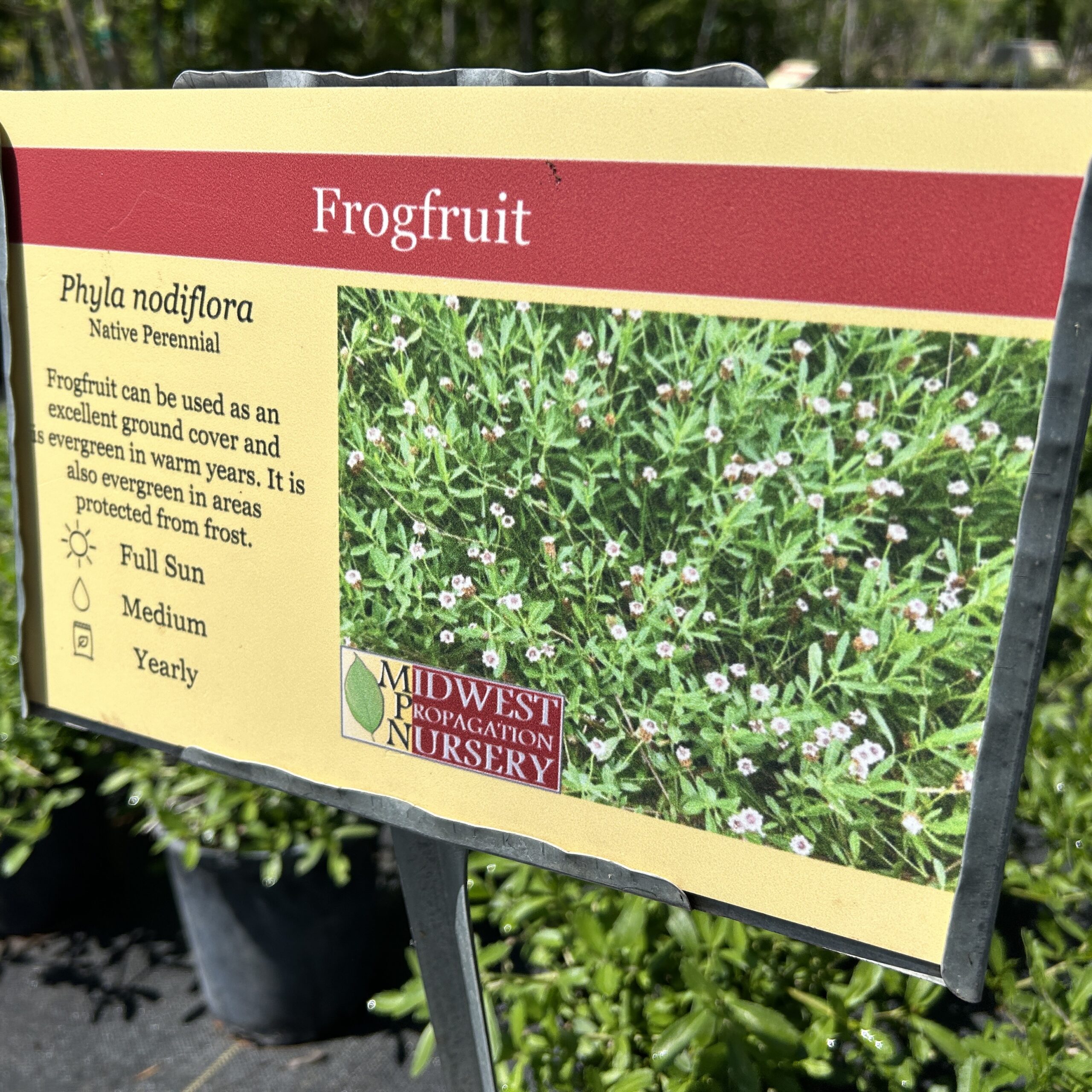
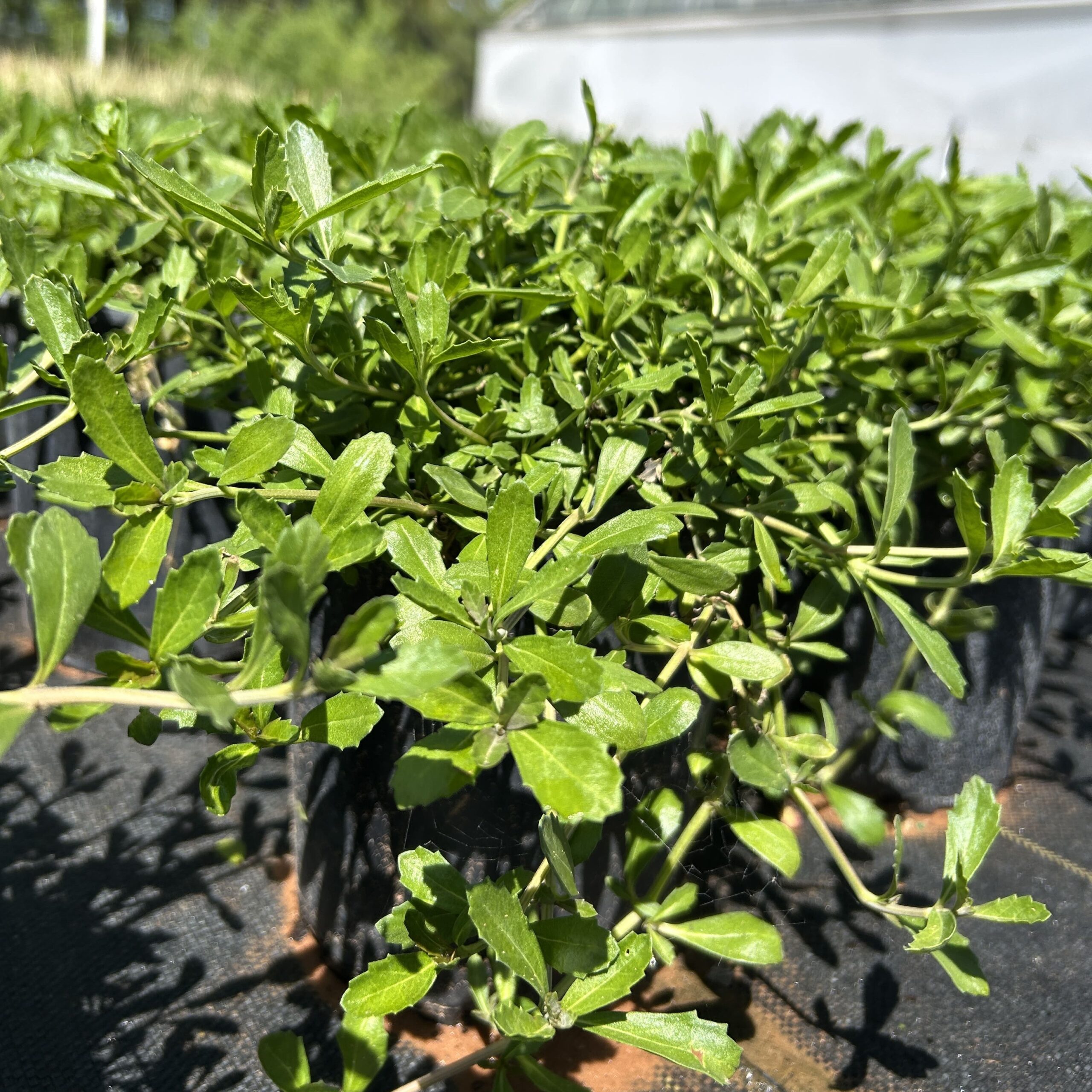
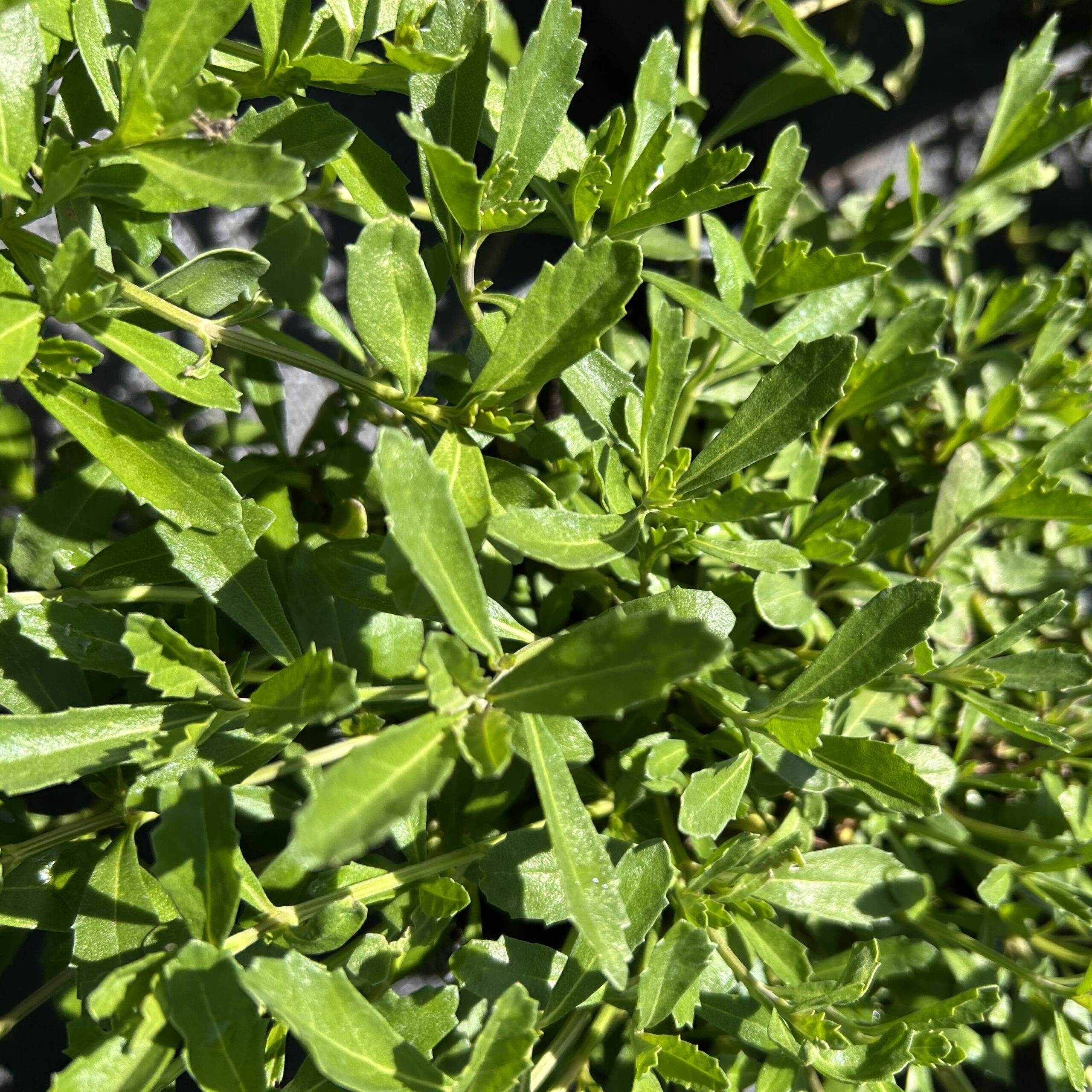
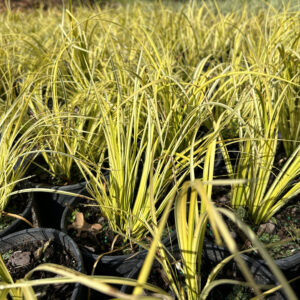
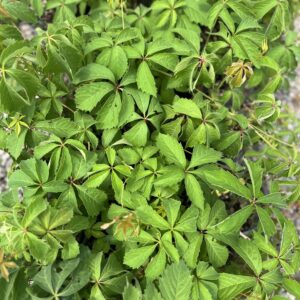
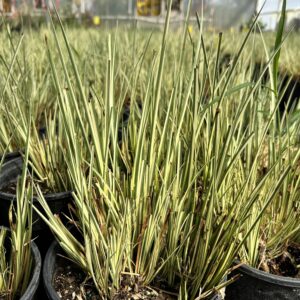
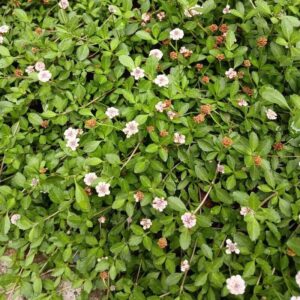
Reviews
There are no reviews yet.